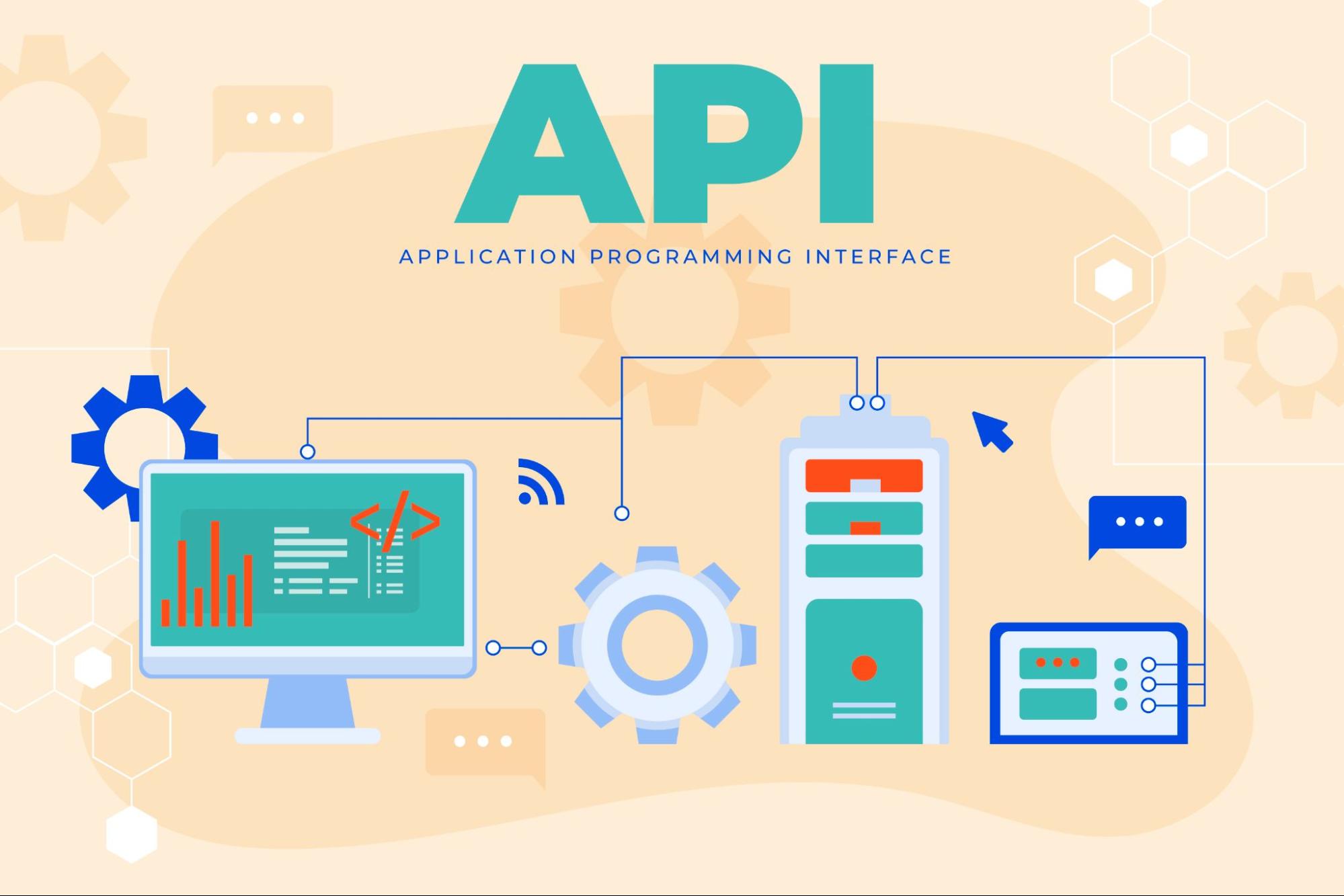APIs, the acronym for application programming interfaces, are the foundation for innovative software development in today's digital world. Since smooth communication between various systems and applications is the need of the hour, one needs to know these terminologies of REST and web API.
Expertise in both of them is essential for developers, especially those who want to work in backend or full-stack development roles. Knowing similar kinds of rest API interview questions and web API interview questions shows the level of preparation, which will significantly increase the chances of being offered the job.
With explanations and answers, this article offers an in-depth review of some of the most demanding REST and web API interview questions.
How to Understand REST and Web APIs?
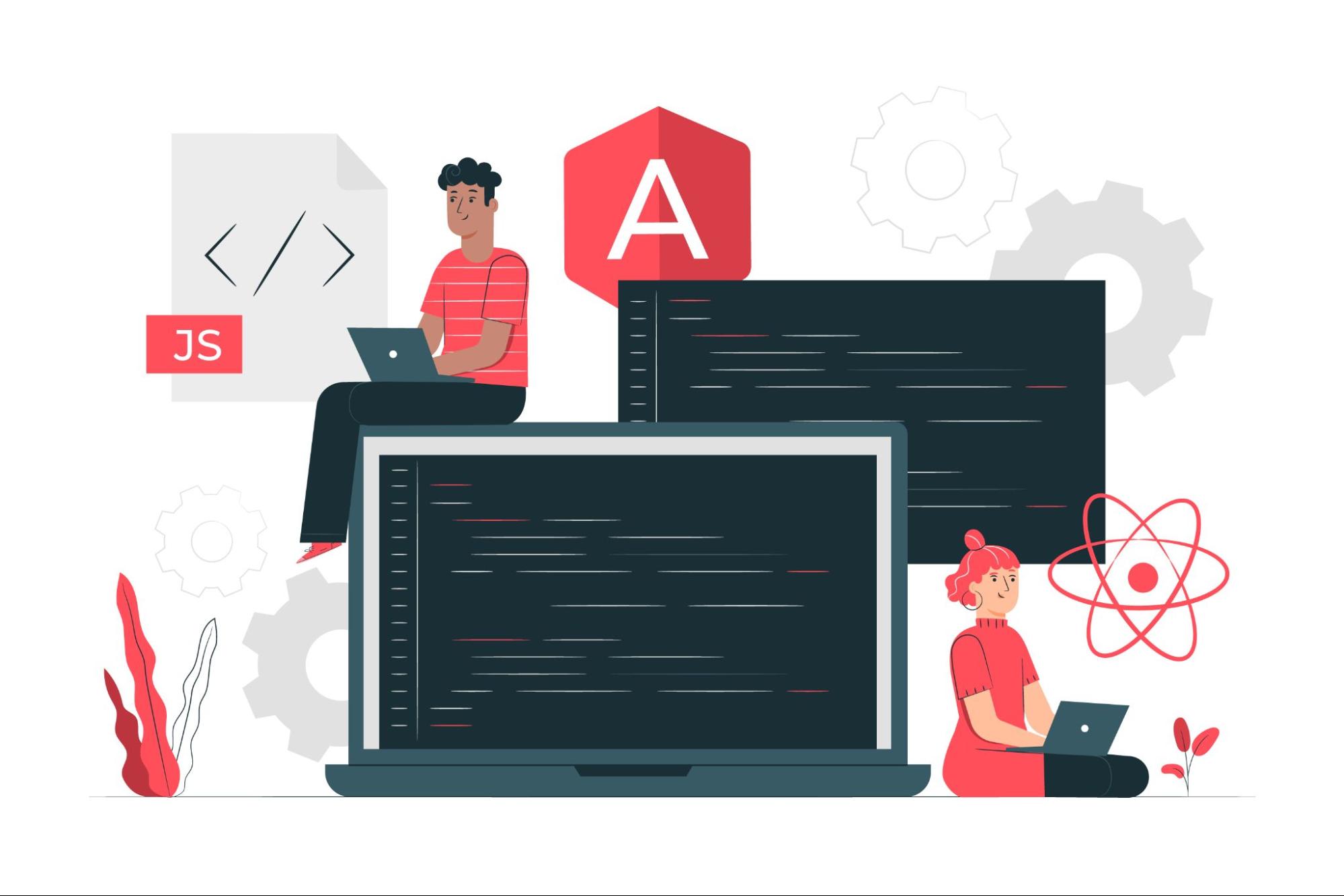
Before getting into individual rest API interview questions, it's important to understand the basic ideas.
-
Representational State Transfer, or REST: It is a way of building apps that work over networks. It uses a stateless, client-server, cacheable protocol for transmission, most often HTTP. Standard HTTP techniques, such as GET, POST, PUT, and DELETE, are used to get to resources, such as data or objects.
-
Web APIs: These are connectors that let different web-based software programs talk to each other. The most common type of web API is the RESTful API, which is easy to use and can grow as needed. This is just possible because of its simplified and scalable usage type.
Common Interview Questions
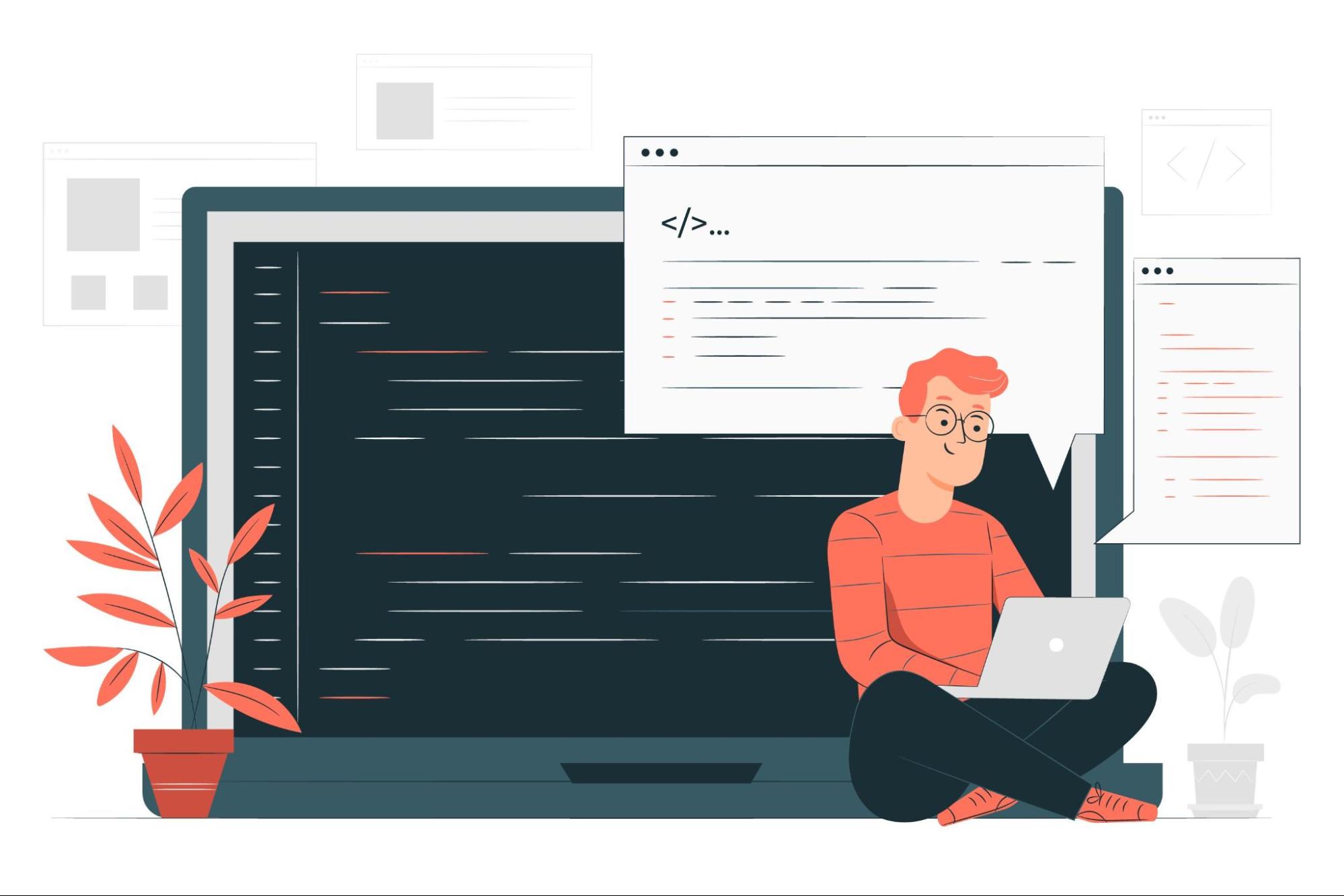
1. Question: What is the definition of REST? Please explain the fundamental principles of it.
Response: REST, also known as Representational State Transfer, is an architectural style that is utilized for the purpose of creating networked applications. The basic points that are seen in REST on which it is founded are as follows:
-
Statelessness: It is the requirement that every request a client makes to a server must include all the information required for the server to understand and handle the request. The server does not retain any client context between requests.
-
Client-Server Architecture: The client and server function autonomously. The client transmits requests, whereas the server transmits responses.
-
Cacheability: In order to enhance performance, responses should clearly indicate whether they may be stored in a cache or not.
-
Layered System: Typically, a client is unable to distinguish whether it is directly linked to the final server or an intermediary in the middle.
-
Uniform interface feature: The uniform interface simplifies and separates the design, allowing each component to evolve autonomously.
2. Question: What are the most common HTTP methods used in RESTful services?
Response: The common HTTP methods used in RESTful services include GET, POST, PUT, DELETE, and PATCH. If explaining them requires one-liners, you can state that these prevalent HTTP methods utilized in RESTful services when explained are as follows:
-
GET: Obtain information from the server.
-
POST: Transmit data to the server in order to establish a novel resource.
-
PUT: Modify an existing resource on the server.
-
DELETE: Eliminate a resource from the server.
-
PATCH: Conduct partial modifications to a resource.
3. Question: List out the differences between PUT and POST methods.
Response: The distinction between the PUT and POST methods is in their functionality. PUT is an idempotent method that updates or creates a resource at a given URI; multiple requests result in the same outcome. POST is a non-idempotent request protocol that sends data to a designated resource, either creating a new resource or initiating server processing; repeated requests may result in various outcomes.
Questions for an Advanced REST API Interview
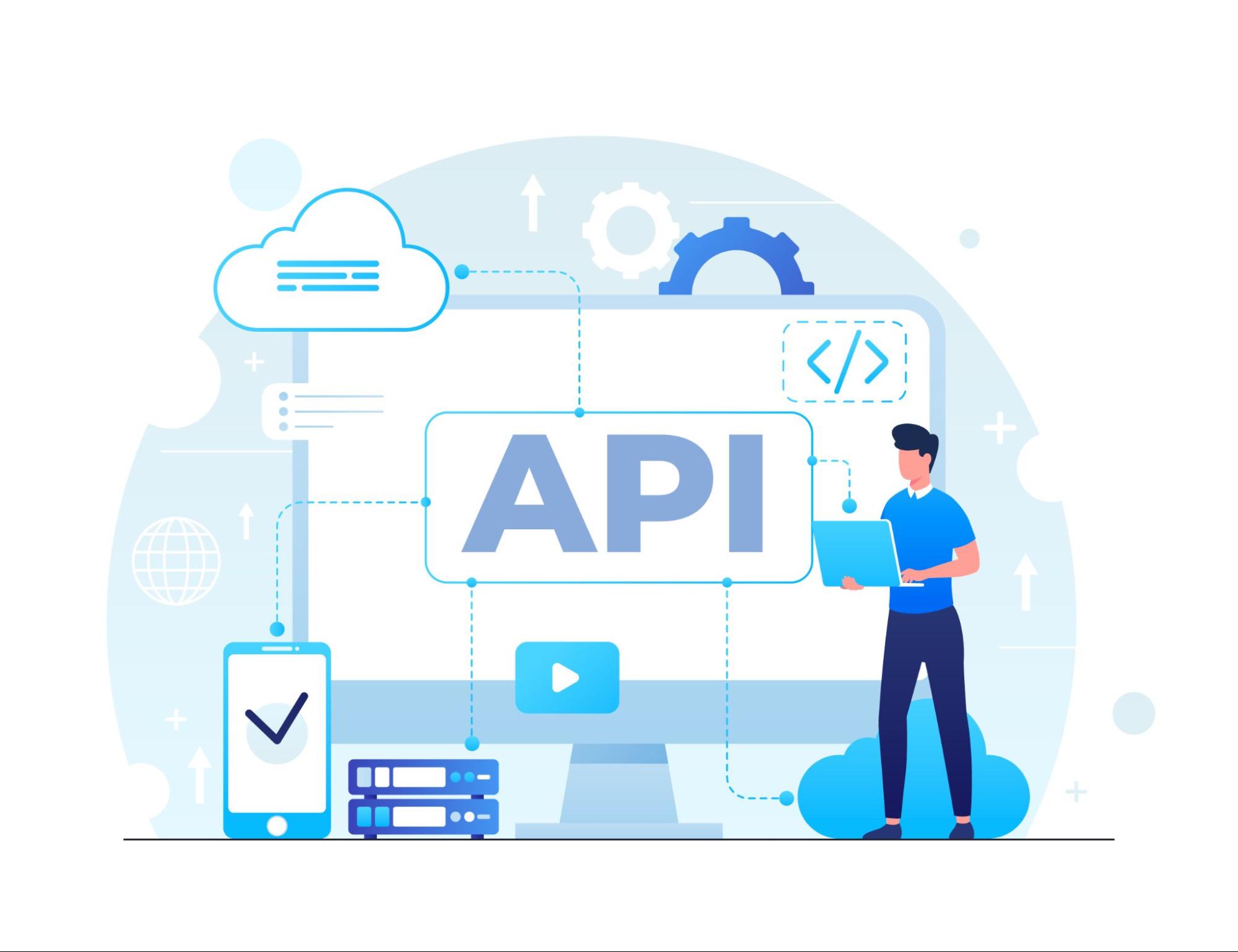
1. Question: Describe HATEOAS.
Response: The restriction of the REST architecture is called HATEOAS (Hypermedia as the Engine of Application State). It indicates that all of the interaction between a client and a network application occurs through dynamically delivered hypermedia from application servers. For example, hyperlinks in a REST API response instruct the client on what steps to do next.
2. Question: How can the security of RESTful web services be guaranteed?
Response: The following steps can be taken to guarantee security in RESTful web services:
-
Authentication and Authorization: To guarantee that only authorized users can access resources, use OAuth, JWT tokens, or API keys.
-
HTTPS: Using SSL/TLS to encrypt data sent between the client and server.
-
Rate-limiting: To stop misuse, a client's ability to make requests may be restricted.
-
Input validation step: To stop injection attacks, input validation makes sure that every piece of data that is given to the server is correctly checked.
3. Question: What is REST API versioning, and how can it be used?
Response: The process of handling API updates without affecting current customers is known as versioning in REST APIs. It can be put into practice by using:
- Utilizing the version number in the URL (e.g., /API/v1/resource) is known as URI versioning.
- Query Details: including a version argument (such as /API/resource?version=1) into the query string.
- Versioning requests by including the version in the request header.
4. Question: Describe idempotency and how RESTful services are affected by it.
Response: The term "idempotency" describes the characteristics of some processes that allow them to be performed more than once with the same outcome each time. Regarding RESTful services:
Idempotent techniques include GET, PUT, and DELETE.
Because it can create numerous resources with multiple requests, POST is not idempotent.
Questions for a Web API Interview
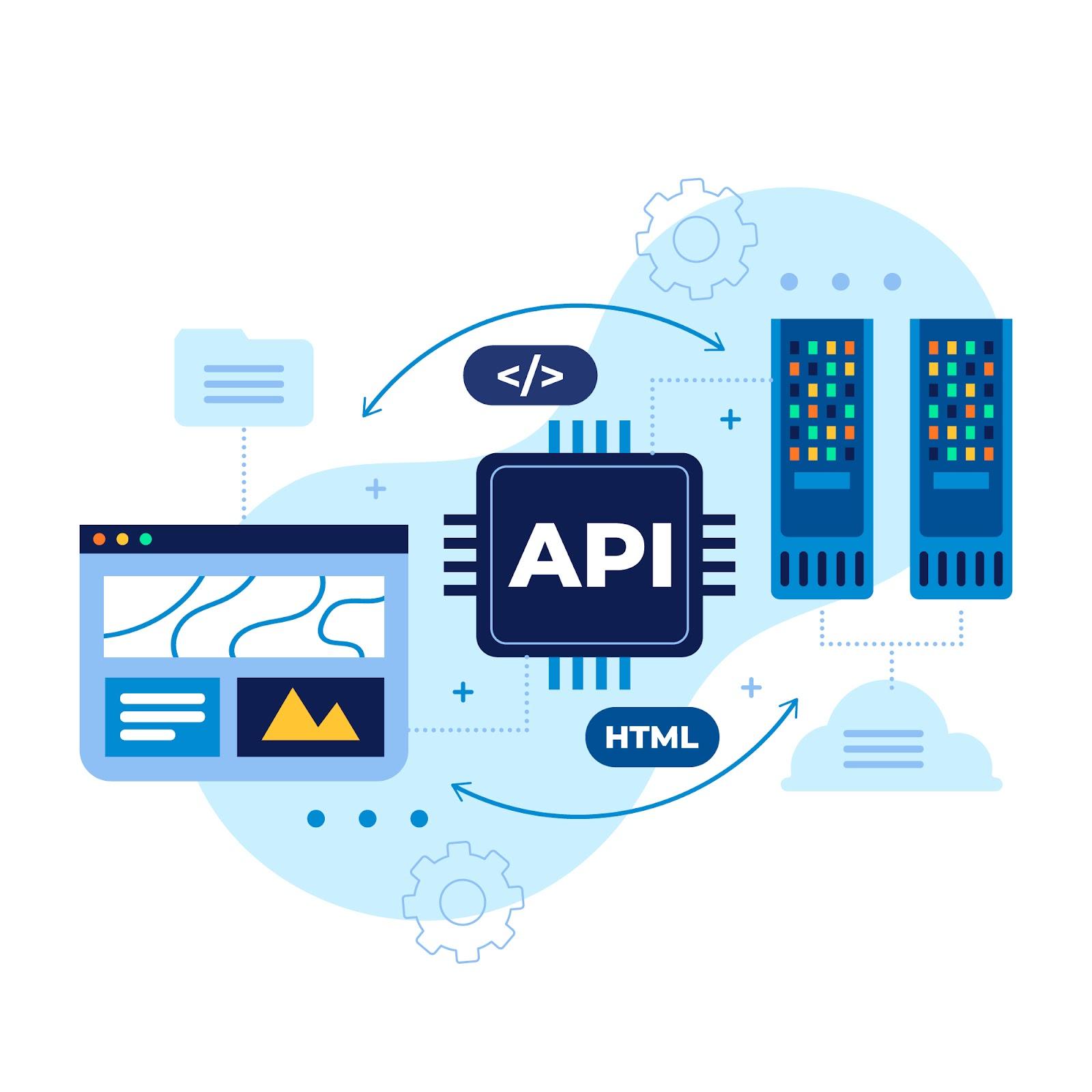
1. Question: How do REST and SOAP vary from each other?
Response: Simple Object Access Protocol (SOAP) is a type of protocol, whereas REST is an architectural approach.
- Data Format: SOAP only accepts XML. However, REST allows a variety of forms, including JSON, XML, YAML, and so on.
- Complexity: SOAP has many standards and is a more complicated protocol. REST is more straightforward to use.
- Statefulness: REST is stateless, while SOAP allows for both stateful and stateless operations.
- Performance: Because REST requires less bandwidth and is simpler, it usually performs better.
2. Question: What is CORS, and why does web API use require it?
Response: The security mechanism known as CORS (Cross-Origin Resource Sharing) is built into web browsers and allows or prohibits the retrieval of resources from domains other than the one from which they were originally obtained. Preventing security problems with online APIs, like data theft and cross-site scripting, is crucial. Ensuring that only trustworthy origins can access the API is ensured by properly configuring CORS.
Finally!
Any developer who wants to establish scalable and effective online apps must become proficient with REST and web APIs. You will improve your development abilities overall and perform better in interviews if you grasp the underlying ideas, procedures, and best practices related to these technologies.
Like at Optimizory, the commitment is to provide the upcoming developers with the tools and resources they need to be successful. The Optimizory platform’s main aim is to offer a plethora of tools to help you remain ahead in the always-changing digital scene, whether you're looking to explore new technologies or brush up on existing abilities.
